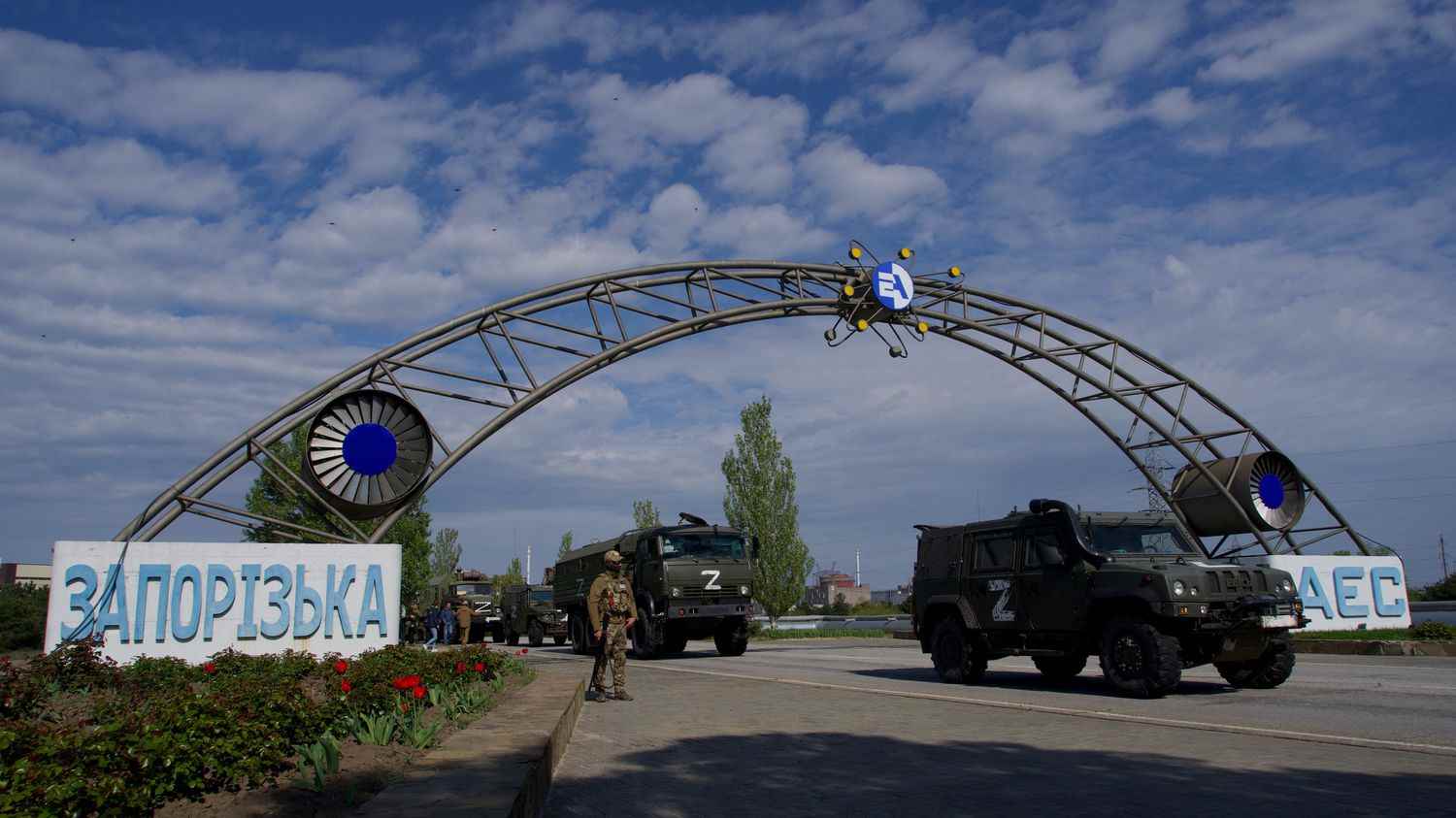“We can’t have” the same damage in Zaporizhia as in Chernobyl “because they are not at all the same reactors”but “the more time passes, the greater the risk” than a nuclear disaster “comes true increases”, said Friday August 12 on franceinfo Bruno Chareyron, director of the CRIIRAD laboratory (Commission for Independent Research and Information on Radioactivity). The Zaporijia power plant in Ukraine has indeed been the target of strikes again in recent days.
franceinfo: Do these new bombardments on the Zaporijjia power plant worry you?
Bruno Chareyron: Sure. We’ve all been worried since the first strikes on Zaporijjia in March. Those of the last few days have reached a high voltage line, and the more the means are degraded, the greater the risk of no longer having electricity to cool the plant. They also hit the fire station, so the ability to react to a fire hazard is diminishing. Some of these strikes also damaged a system that treats radioactive effluents, which increases the risk of hydrogen leakage. This situation therefore greatly increases the risk of radioactive releases, or even of nuclear disaster.
What is the priority on the site, according to you?
The priority is to demilitarize the area, and to ensure that employees can work in good conditions, with functional equipment. Access to measurements in real time is also obviously very important, in order to be able to alert or react in the event of a radioactive leak or worse.
Could the possible damage in the Zaporizhia power plant lead to a situation similar to that of Chernobyl?
We won’t be able to have the same thing as in Chernobyl, because these are not the same reactors at all: there are containment enclosures, so technologically it’s a priori safer. But Fukushima showed us: even with safer technology, we can encounter conditions that lead to disaster. So yes, it is possible. And the more time passes, the greater the risk of it happening.
What can be done in these conditions?
Several reactors have already been shut down, only two seem to be operational. But that doesn’t solve everything, because even on a shutdown reactor, you have to constantly cool its core and the pool of irradiated fuels. So you need to have permanent access to electricity and water, but that requires functional equipment and trained personnel capable of acting.
Is the situation around other Ukrainian nuclear power plants calmer?
Yes, because the International Atomic Energy Agency was able to carry out inspections. The particular case of Zaporijjia is that since the Russian occupation, there has been no particular control by the IAEA.
